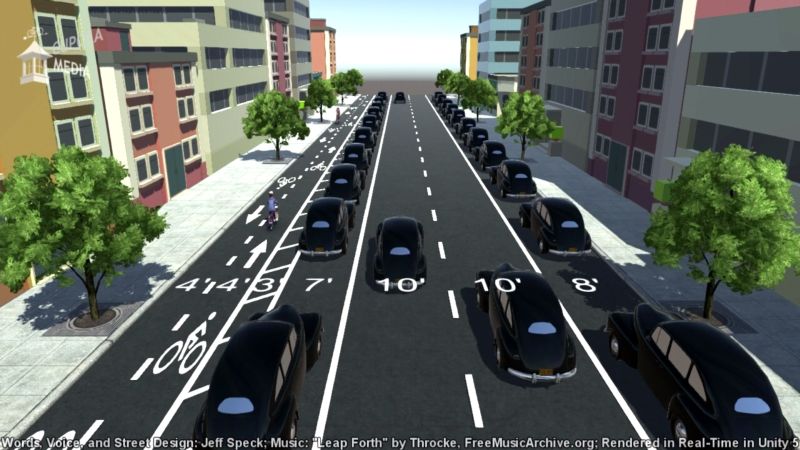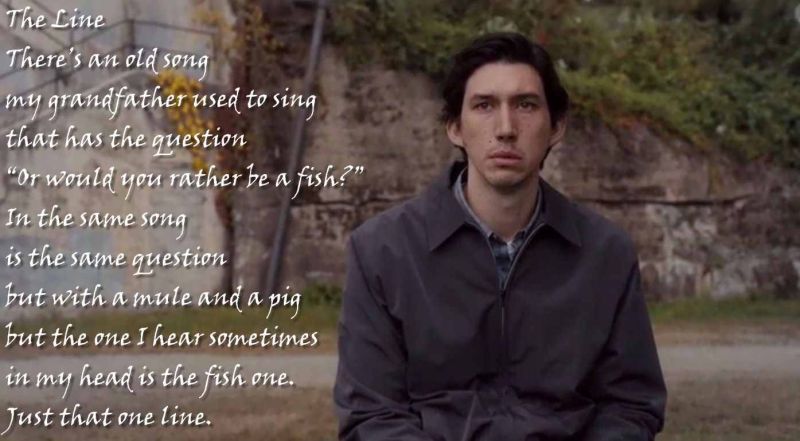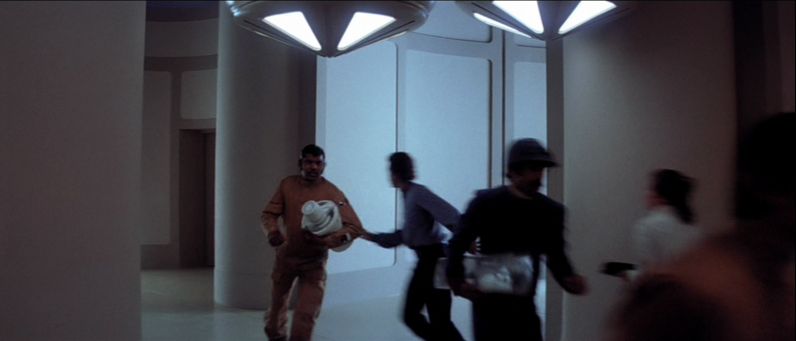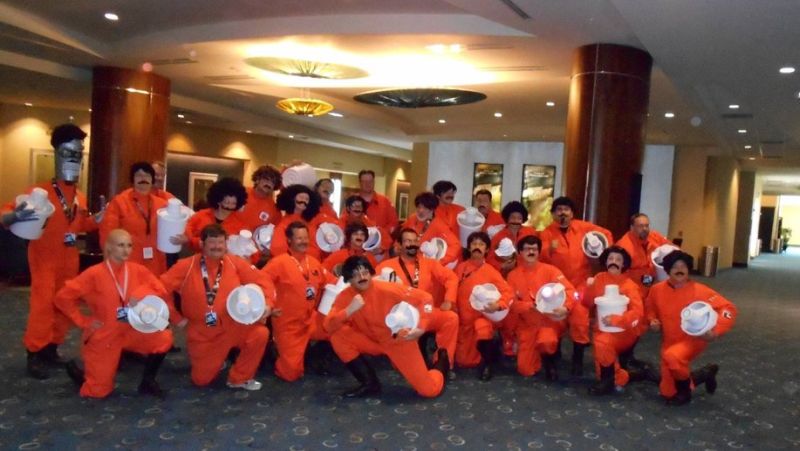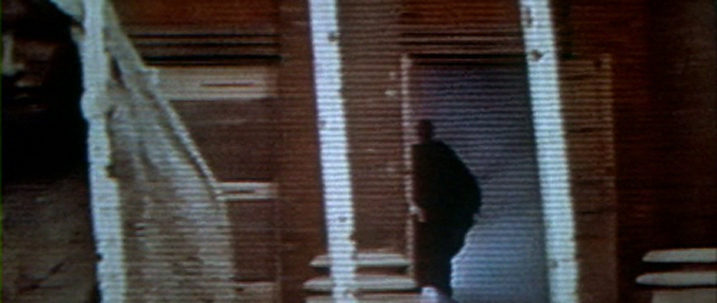Last week I was in the “Tweet Seat” for my workplace, @RAPP_UK
So in this week’s Things I’m compiling my tweets, and will give them some kind of review and additional context. This is mainly because 140 characters feels a bit like pointing at something and making a kind of grunting noise, when what I really want to do is sum up what’s interesting about the link and what my view is. Since this adds up to quite an intensive read, I’ve arbitrarily broken it up with some pictures I recently found online that I liked.
So, here’s the first tweet:
Tommy Pollata’s Collapsus.com looks cool, but as with other transmedia it’s hard to assess cost/benefit (i.e. time/quality) before diving in
I think this tweet falls between all stools – “looks cool” isn’t enough of an endorsement to go check something out, and there still weren’t really enough characters left to make my point properly. The point was, for something I’m familiar with like movies, I know exactly where to look to assess how good a movie will be (imdb, rotten tomatoes, lovefilm or youtube or filmcrave for trailer), I can easily find out the running time, and I know exactly what kind of commitment I need to make to watch it. For transmedia projects, ARGs and the like, none of this stuff is in place, meaning I have no idea if it will be good or not, and no idea what kind of commitment it will require.
@wireduk Cover story Kinect’s tech is smart, but if Amplification of Input (http://bit.ly/9nDhRc) = Fun, surely Bigger Input = Less Fun?
Thanks to Google Books I was able to link to the idea of “Amplification of Input”, and just about compressed my argument down to the character limit, but as a tweet it somewhat relies on the reader already knowing exactly what Kinect is. While there’s technically enough information in the tweet to help you find the online version of the article I’m talking about, it’s not convenient enough, besides which this is the internet, so mentioning something and not being able to make that mention a link seems ridiculous. I’d also add some caveats to my point, in that while Amplification of Input is one thing that makes games fun, there’s certainly plenty of others, many of which the Kinect could be good at, and I’m also keenly aware that DDR being more fun with a Dance Mat than a controller is a perfect counterargument.

‘People that read more books more likely to buy eReaders’, and other predictable but nice-to-know eReader stats, here: http://bit.ly/9SSgL7
My suitably pithy summary is actually a response to the article’s own bizarre misreading of the stats: “Digital reading has caused a shift in book reading and buying habits, too: While two in five Americans (40%) read 11 or more books a year, with one in five reading 21 or more books in a year (19%), 36% of those who own e-readers read 11 to 20 books a year (36%), and 26% read 21 or more books in an average year.” Sorry, no. The fact I was responding to this probably wouldn’t be clear if you read my tweet then read the article, which itself uses the much more reasonable header “Digital Readers Read More Books” before launching into that quote.
There Are 100 Million Female Cyborgs, one of many interesting musings on humans and technology mutually augmenting: http://bit.ly/b5oCbG
This was the first tweet I was pretty much happy with, encapsulating what I liked about the article with enough intrigue to provoke someone interested in that kind of thing into taking a look.

Digital technology continues to encroach on the supposed benefits of analogue versions: http://bit.ly/cslZUe
I experimentally tried removing all context for the link to make room for my view on it. The Bit.ly results showed this reduced the number of clicks (although whether 2 down from 6/7 is significant is up for debate). There could easily be people that read this but didn’t click who would have if I had made it clear that this was about a web-interface for viewing old paintings in incredible detail.
Here is a contextless link providing tacit endorsement of a news article about Science: http://bit.ly/cZLHVP
This link drew more clicks (8), although perhaps people were reading between the, er, words and understood what kind of a thing they were about to read. Fortunately I didn’t feel like providing much more than tacit endorsement, so this tweet just about worked.

Dorothy Gambrell’s Cat and Girl webcomic has a lot of great insights on trends (and many other areas of life): http://bit.ly/bvceXy
Not based on any moment-by-moment discovery, I just wanted to get a reference to Cat and Girl out there, using a reasonably recent addition. I guess it’s an okay tweet.
Randall Munroe updates his Online Communities map over on XKCD – this time using social activity for scale: http://bit.ly/cAqYO6
Tacit endorsement seemed like enough here, and I was happy to give a full citation – I’ve always found it strange when people post “someone has done this great thing” when it’s easy to find out who “someone” is. A weird personal case was someone commenting on one of my own YouTube videos saying “Whoever edited this should keep up the good work” – I’m right here! On the internet.
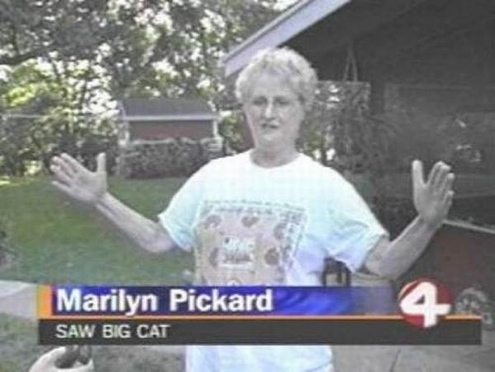
Doogie Horner categorises Facebook profile pictures on Fast Company, good thing I’m hidden behind a logo… http://bit.ly/dfHFZU
Sitting in a ‘tweet seat’ behind a brand is actually quite a strange experience. I avoided using the first person because that felt actively strange, but I suspect the real problem was I didn’t have any social cues for what the correct manner was, or even any real-time feedback on whether I was doing it right or wrong. But in any case, I knew I was at least somewhat hidden behind the logo, which I found interesting in itself.
@judell (O’Reilly) wants everyone to learn to pass by reference: http://oreil.ly/bCZkoE – I suspect DropBox will help.
This is an extremely dense tweet that needs several stages of unpacking. If ‘pass by reference’ doesn’t make any sense then you need to read the article, but if it doesn’t make any sense then perhaps you will be put off clicking on the link. To see how DropBox might help you need to be familiar with both that concept and the features of DropBox (which I won’t expand this huge post even further by elaborating on). Finally, the tweet originally started with ‘Jon Udell’, which I then realised looked a bit silly in a tweet about pass-by-reference – although making it “@judell” then turns it into a directed comment, which wasn’t what I really wanted to do. It’s ultimately an interesting feature of Twitter that there isn’t really a distinction between referencing someone and (effectively) saying their name while raising your voice and making meaningful eye-contact with them across the room.
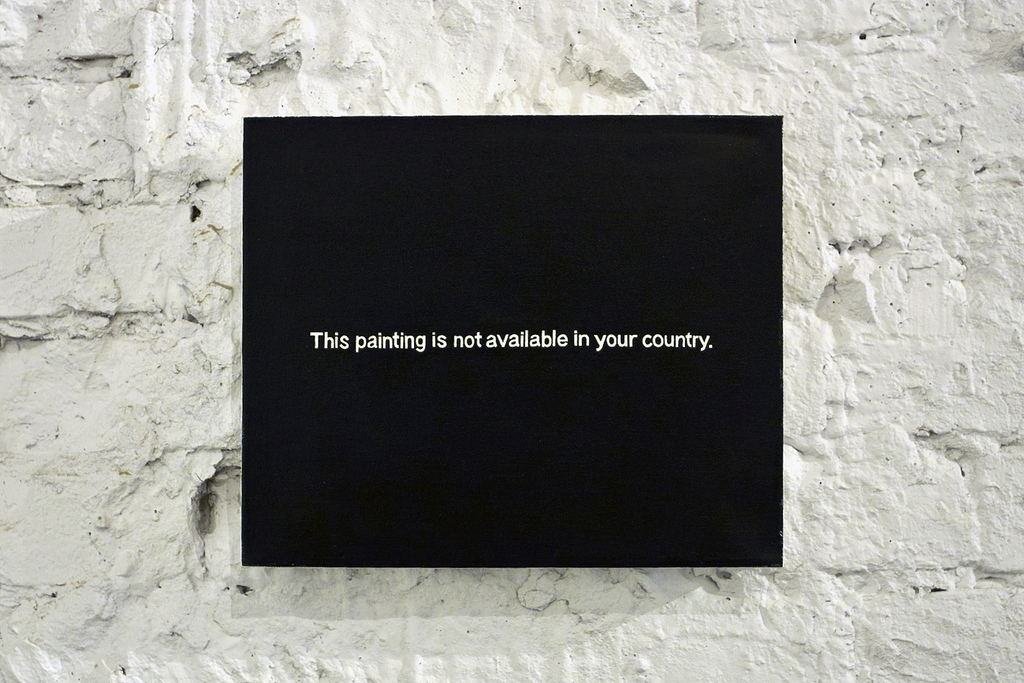
The Nooski Mouse Trap – a better mouse trap, but also a smarter business model: http://bit.ly/d20sru
This tweet hits a lot of the buttons, I would just prefer to be able to link to the specific reference to ‘a better mouse trap‘ as I’m saying it for those that haven’t heard the phrase before.
Facebook fix Groups, show app data, allow data export: http://on.fb.me/bHH3mL As usual, EFF has insightful commentary: http://bit.ly/9igUl4
It was fun to try to compress this into a single tweet, and linking to commentary from EFF means I don’t feel I need to add my own view, which was also useful because I didn’t have time to do more than scan through both articles at the time. Having subsequently read them both, I think the most interesting point is that the new groups functionality is a more accessible way of communicating with sub-sets of your friends, which seemed like something Zukerberg was ideologically opposed to doing.
Skype is on Android: http://bit.ly/aw5fXG Androids are on Skype (sort of): http://bit.ly/ds6J3A
It’s probably obvious that I was very pleased with this tweet. I found it interesting that it could not have occurred if I had insta-tweeted the Skype-on-Android news, as Twitter effectively incentivises people to do, since I only read the ‘Androids on Skype’ article later.

Find out if Libya is happy for you to click on this very link, by clicking on it:
This was the most clicked-on link (at 11), perhaps because of the hint of interactivity. Perhaps it reads as something of a bait-and-switch, but I think it still has some validity. If you want to judge for yourself you’ll just have to click and see.
Most ideas are obvious in retrospect, but few more so than McDonalds getting a Farm on Farmville
This is a superficially well-formed tweet, but I would much rather have had the time to engage with the deeper questions raised by this kind of sponsorship – is it measurably beneficial for McDonalds? For Farmville? For Farmville players? What are the long-term implications of this? For now it will just have to sit as an example of some kind, waiting for others to join it, until I finally feel I have enough ammunition to look into the issue properly.
Audio zoom presumably means sports broadcasters will now be looking for real-time bleep censoring technology:
Another tweet that takes a few leaps to process, but is hopefully clear… the technology presented allows one to ‘zoom in’ on the audio in a crowd, most obviously useful in the public sphere in big sports events, typically broadcast live, which would therefore need swear-words to be automatically bleeped. The public surveillance angle is actually more interesting to consider, but is too deep to get into in a tweet, or even here. So just… think about it.
Chrome pushes IE below 50% share in “promote it and they will come” shocker
More ‘reading between the words’ needed here to decode the reference and how it applies to this story. Since most are probably familiar with the quote (which is almost always misquoted, a fact I think is very interesting in itself), the remaining thing to add (that may be less obvious to people not watching these things) is that Google would build a lot of things and just see what happened, whereas they have recently begun to actively promote their products, the result apparently being that people are actually trying them. There’s a full blog post of material to unpack here, so I may one day revisit this point.
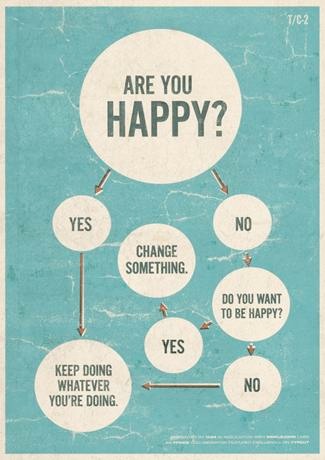
Tried the Playstation Move; could be Sony’s stalking horse for interactive AR – see blog post for my reasoning:
This is a qualitatively different kind of tweet. I scraped together enough time to write a post on something, which means no ‘viewpoint’ is needed on the tweet, just some useful explanation along with the pointing finger. But what I found particularly interesting was that in the process of distilling down to 140 characters I actually came up with a better turn of phrase than two drafts of the original post had yielded – “stalking horse” is I think exactly right.
My tweet seat time is up, so I figured I’d take the opportunity to review and expand on my tweets: http://bit.ly/coWQkG
Well, here we are. And that was that.
igital reading has caused a shift in book reading and buying habits, too: While two in five Americans (40%) read 11 or more books a year, with one in five reading 21 or more books in a year (19%),
36% of those who own e-readers read 11 to 20 books a year (36%), and 26% read 21 or more books in an average year.
